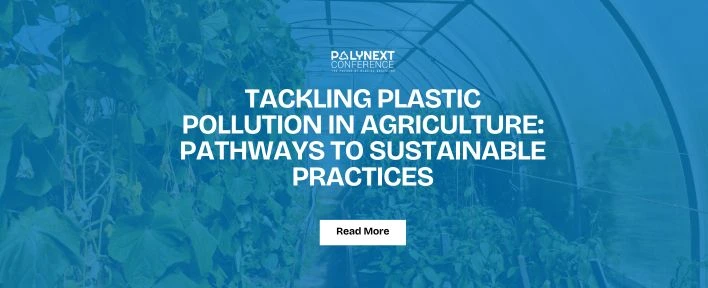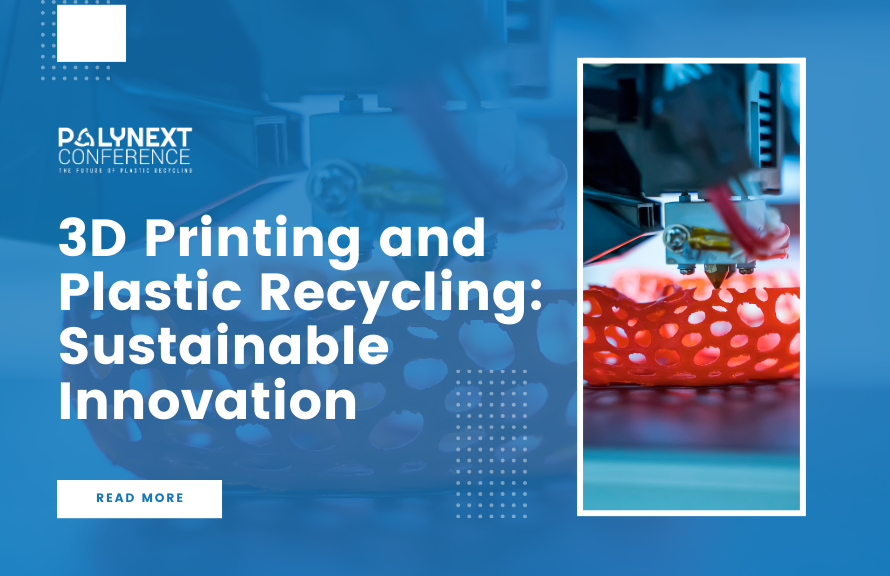Introduction: The Plastic Debate
Plastic pollution is a widely discussed environmental issue, but some argue that its negative impact is exaggerated. Is plastic really harmful, or is it a misunderstood material? This blog will examine the facts, scientific evidence, and real-world examples to separate myths from reality.
Myth vs. Fact: Breaking Down the Arguments
1. Myth: Plastic Pollution Is Not a Serious Problem
Fact: Over 400 million tons of plastic waste are generated yearly, and only 9% is recycled. (Source: UNEP)
Example: The Great Pacific Garbage Patch, which covers 1.6 million square kilometers, is largely made of plastic waste, harming marine life.
2. Myth: Microplastics Are Harmless
Fact: Microplastics have been found in human blood, lungs, and even the placenta. (Source: ScienceDirect)
Example: Dr. Tracey Woodruff, a professor at UC San Francisco, has researched microplastics for over three decades. Her studies suggest that prolonged exposure may contribute to reduced fertility and a higher risk of digestive tract cancers. Based on her findings, she advises policymakers on strategies to minimize exposure.
Further Reading:How To Limit Microplastic Dangers- University of California San Francisco
3. Myth: Plastic Alternatives Are Worse for the Environment
Fact: While some alternatives have environmental costs, well-designed solutions like biodegradable plastics, compostable materials, and circular economy models can help reduce waste impact when managed properly. Their effectiveness depends on factors like disposal methods, infrastructure, and material composition. (Source: WWF)
Example: Evoware, an Indonesian startup, developed seaweed-based packaging that is biodegradable, edible, and dissolves in water. Unlike conventional plastics, it does not contribute to microplastic pollution and supports local seaweed farmers, creating a sustainable economic cycle.
Real-World Impact: Plastic Pollution in Everyday Life
Beyond statistics, plastic pollution has visible consequences. I have personally seen cattle choking on plastic waste, struggling to digest plastic bags discarded in open areas. In many countries, stray animals unknowingly consume plastic while searching for food, leading to severe health issues and even death.
1. Cattle and Wildlife Choking on Plastic
Example: In India, studies show that over 75% of stray cattle have plastic in their stomachs. In extreme cases, veterinarians have removed over 50 kg of plastic waste from a single cow’s stomach. (Source: The Plastic Cow Project)
2. Plastic Found in Human Blood and Organs
Example: Scientists have detected microplastics in human blood for the first time, raising concerns about long-term health impacts. These tiny plastic particles have also been found in lungs, placenta, and breast milk.
Source:NIH (National Library of Medicine)
3. Plastic Pollution Killing Marine Life
Example:In 2019, a dead whale in the Philippines was found with 40 kg of plastic in its stomach, including shopping bags and rice sacks.Similar cases have been reported worldwide.
Source: BBC
4. Microplastics in Drinking Water and Food
Example: A study found that 93% of tested bottled water brands contained microplastic contamination.
Source: Orb Media
5. The Great Pacific Garbage Patch – A Floating Plastic Island
Example: A massive plastic waste accumulation, twice the size of Texas, floats in the Pacific Ocean, harming marine life and polluting global waters.
Source: National Geographic
The Real Issue: Waste Management, Not Just Plastic Itself
Instead of debating whether plastic is inherently good or bad, the real issue lies in inefficient waste management, single-use plastic dependency, and poor recycling infrastructure. Only 9% of plastic waste is recycled, while microplastic pollution continues to contaminate air, water, and food. Instead of banning plastic outright, the focus should be on circular economy models, advanced recycling, and responsible production and consumption to reduce its environmental impact effectively.
Conclusion: Moving Beyond Myths with Smarter Solutions
Plastic pollution is a fact, not a myth. However, the solution isn’t as simple as banning plastic altogether—it lies in innovation, responsible consumption, and efficient waste management. By adopting circular economy principles, enhancing recycling infrastructure, and exploring biodegradable alternatives, we can reduce plastic’s impact while still benefiting from its versatility.
PolyNext 2025 provides a crucial platform to shape the future of plastics. Whether you’re a researcher, policymaker, or industry leader, participating in this conversation is key to driving sustainable change. The question isn’t whether plastic is good or bad—it’s how we manage it responsibly.
Instead of blaming plastic itself, we must rethink its production, use, and disposal. PolyNext 2025 offers a unique opportunity to explore breakthrough technologies that balance progress with environmental responsibility.



